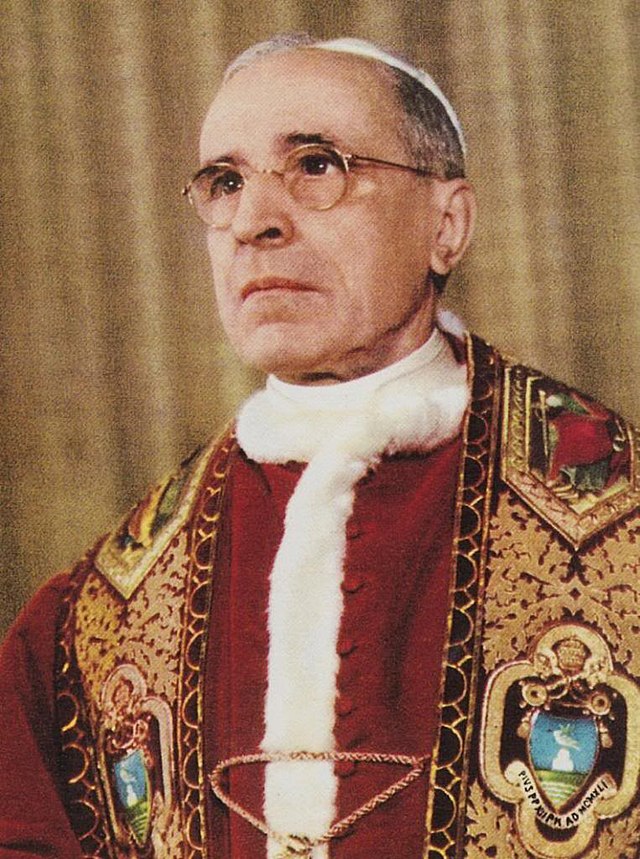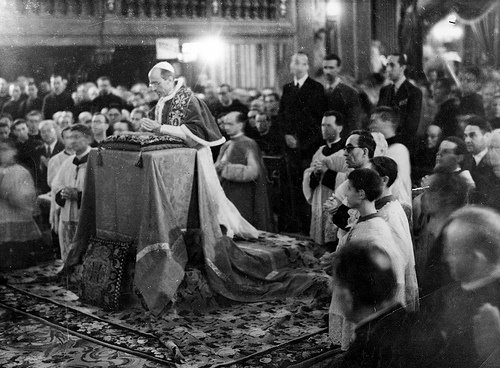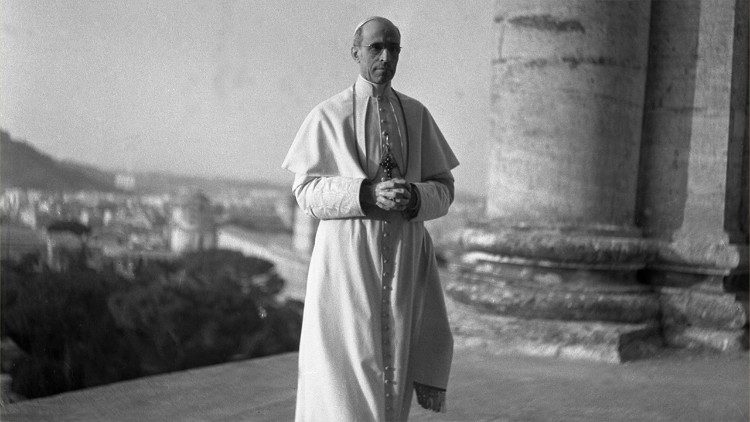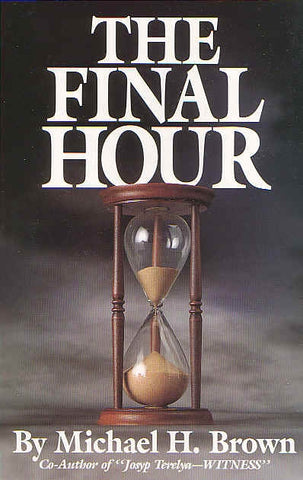
Pope Pius XII was a Marian Pontiff, for sure.
He was also one who believed in supernatural intervention and the signs that accompany it.
Mary’s splendid little coincidences surrounded him.
A pilgrim statue of the Fatima Virgin arrived in Rome on October 29, 1950, and the next day Pius XII, meeting with more than four hundred bishops and cardinals, announced his intention to define the dogma of the Assumption (celebrated August 15).
That courageous decision involved the rare invocation of papal infallibility, but he felt certain that Providence had led him to declare that Mary was assumed bodily, not just spiritually, into Heaven.
 Signs in the sky seemed to bear him out. On this same day, the eighth anniversary of the consecration of the world to Mary’s Immaculate Heart, with the Fatima statue at the church of Casaletto, immediately behind the Vatican gardens, Pius took his usual walk in the gardens around four o’clock, strolling up to the esplanade of Lourdes, when it happened.
Signs in the sky seemed to bear him out. On this same day, the eighth anniversary of the consecration of the world to Mary’s Immaculate Heart, with the Fatima statue at the church of Casaletto, immediately behind the Vatican gardens, Pius took his usual walk in the gardens around four o’clock, strolling up to the esplanade of Lourdes, when it happened.
“At a certain moment,” he recalled, “having lifted my eyes above papers I had in my hand, I was struck by a phenomenon I had never seen before.
“The sun, which was fairly high, looked like a pale yellow opaque globe completely surrounded by a luminous halo, which nevertheless did not prevent me at all from staring attentively at the sun without the slightest discomfort. A very light cloud was before it.
“The opaque globe began moving outward, slowly turning over upon itself and going from left to right and vice versa.
“But within the globe very strong movements could be seen in all clarity and without interruption. The same phenomenon repeated itself on the following day, October 31,” the Pope wrote in a note to one of his cardinals.
On November 1, the actual day for definition of the new dogma, more than half a million pilgrims crowded St. Peter’s Square. As Sister M. Pascalina Lehnert recounted, “A deep blue sky extended above the cupola of St. Peter’s.
“Beside the sun one could also see the crescent of the moon, just above the cross of the cupola!
“How was this possible? The others saw it and were astonished: ‘who is this… fair as the moon, beautiful as the sun…?’ we recite on Prime of that day!
“Already it was most extraordinary that the day was so warm and so clear, and this crescent of the moon over the cupola of Michelangelo at this hour of the feast created the effect of the wonderful symbol.”
Nor was that the end of it.
The Pope saw the solar miracle again on the day he formally declared the new dogma and once more on the octave of the feast.
When he made inquiries at the Vatican Observatory, he was told no one there had observed anything similar in the mysterious skies of autumnal Rome.
[resources: taken from The Final Hour]
+




